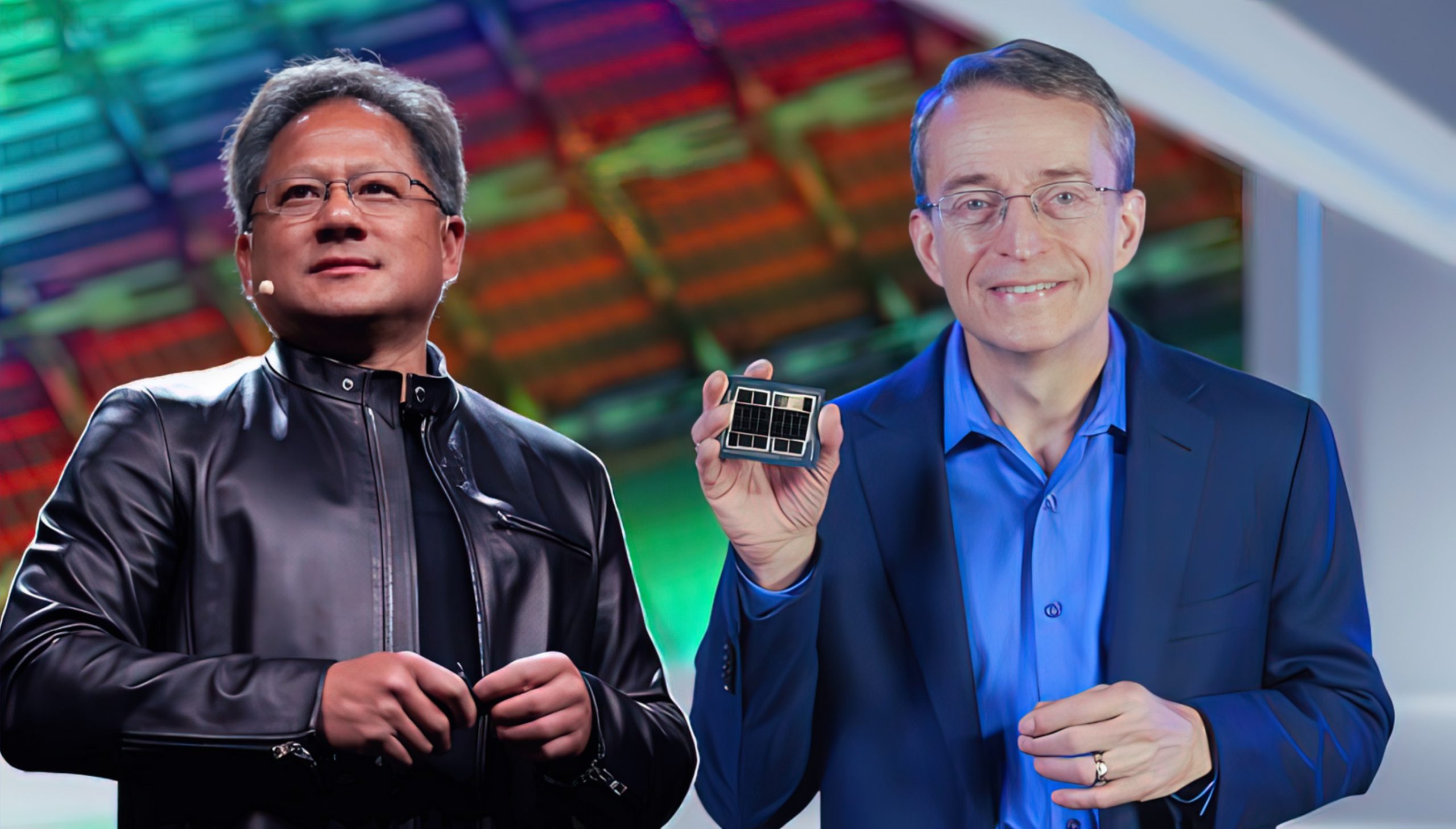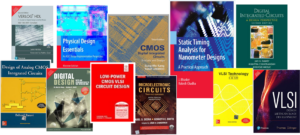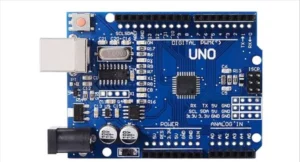Introduction
CPU & GPU are essential components in modern computing. CPUs handle general tasks, while GPUs excel at parallel processing for graphics and AI.
Their combined power drives seamless performance in tasks ranging from everyday computing to complex simulations and advanced graphics rendering.
Consider a scenario where you’re playing a modern video game on your computer. The CPU handles tasks like managing the game’s physics, AI, and overall game logic.
When it’s time to render the graphics on-screen, the CPU hands off the rendering process to the GPU.
The GPU processes the complex graphics calculations required for generating realistic visuals, rendering shadows, reflections, and intricate textures.
Its parallel architecture allows it to process these calculations simultaneously, resulting in smooth and immersive gaming experiences.
Let’s figure out what is what and who does what?
Central Processing Unit (CPU) vs. Graphics Processing Unit (GPU)
CPU & GPU are both integral components of modern computing systems, but they serve different purposes and have distinct architectures optimized for specific tasks.
They handle different computation types and are present in various devices, including personal computers and mobile phones.
CPU (Central Processing Unit):
- A CPU is often referred to as the “brain” of a computer. It performs general-purpose tasks and executes instructions from various programs.
- CPUs are designed to handle complex and sequential tasks. They excel at single-threaded applications, which require a lot of decision-making and intricate calculations.
- CPUs feature optimized high-performance cores for tasks such as operating systems, input/output operations, and complex software algorithm execution.
- Example companies involved: Intel, AMD, Apple (for their custom ARM-based CPUs).
Challenges and Applications of CPUs:
- Challenges: CPUs face challenges related to power consumption and heat dissipation as they strive to achieve higher clock speeds and performance. Overcoming the limitations of the von Neumann architecture (sequential processing) is also a challenge.
- Applications: CPUs are used in a wide variety of tasks, including running operating systems, web browsing, word processing, data analysis, and tasks that require intricate calculations and decision-making.
Read more: How to Find the Perfect RAM-Memory Match for Your Smartphone
GPU (Graphics Processing Unit):
- A GPU is designed to handle parallel tasks, especially those related to graphics rendering and data-intensive computations.
- GPUs have a large number of smaller, simpler cores optimized for parallel processing. This architecture enables them to process multiple tasks simultaneously.
- Initially designed for graphics rendering, GPUs now serve diverse applications like scientific simulations, machine learning, and data mining.
- Example companies involved: NVIDIA, AMD (for their Radeon GPUs), and Intel (with integrated GPUs).
Challenges and Applications of GPUs:
- Challenges: GPUs face challenges related to memory bandwidth, as data transfer between the CPU and GPU can become a bottleneck. Additionally, not all tasks can be effectively parallelized, limiting the advantages of GPUs in certain scenarios.
- Applications: GPUs are widely used in graphics-intensive tasks such as gaming, video editing, and computer-aided design.
They are also essential for emerging technologies like machine learning and artificial intelligence, where they accelerate training and inference processes.
In recent years, GPUs have also gained prominence in fields like artificial intelligence and machine learning. Tasks such as training deep neural networks involve massive amounts of parallel computations, which GPUs can perform much faster than traditional CPUs.
In summary, CPUs and GPUs are both crucial components of modern computing systems, each optimized for specific types of tasks.
CPUs excel at sequential processing and complex decision-making, while GPUs excel at parallel processing and graphics-intensive computations.
The collaboration between these components ensures a balance between general-purpose computing and specialized performance.
Real life example
Let’s explore the difference between CPU & GPU using another example: cooking in a kitchen.
CPUs (Central Processing Units): Imagine you’re the head chef in a restaurant kitchen. As the chef, you need to oversee the entire cooking process, make decisions about the recipes, manage the timing of each dish, and ensure everything runs smoothly.
You’re responsible for executing various tasks, such as chopping vegetables, sautéing ingredients, and plating the final dishes. In this analogy, you represent the CPU.
- Analogous Tasks: Just as the CPU handles a wide range of tasks in a computer, you, as the chef, manage various aspects of cooking and kitchen operations.
- Processing Style: Similar to how the CPU performs sequential tasks in a computer, you focus on one task at a time, making decisions and taking actions based on the situation.
- Complexity: Like CPUs handling intricate calculations and decision-making, you handle the complex coordination of all cooking activities in the kitchen.
GPUs (Graphics Processing Units): Now, let’s consider the kitchen staff responsible for chopping vegetables. Imagine you have a team of sous chefs, each with their own cutting board and knife.
Each sous chef can chop vegetables independently and simultaneously, without waiting for others. These sous chefs represent the cores of a GPU.
- Analogous Tasks: Just as the GPU handles parallel tasks like graphics rendering, the sous chefs handle parallel tasks of chopping vegetables.
- Processing Style: Similar to how a GPU processes multiple tasks simultaneously, the sous chefs can chop different vegetables at the same time without needing to wait for each other.
- Specialization: Like GPUs are specialized for parallel processing, the sous chefs specialize in chopping vegetables efficiently and in parallel.
Comparison:
In this kitchen analogy, the CPU (head chef) manages the overall cooking process, makes decisions, and handles complex tasks sequentially.
The GPU, acting as sous chefs, excels in parallel tasks like chopping vegetables efficiently and simultaneously.
In real life, CPUs excel at managing diverse tasks and making complex decisions, while GPUs excel at processing large amounts of data in parallel, making them ideal for graphics rendering, scientific simulations, and machine learning tasks that involve processing massive datasets.
By understanding this analogy, you can grasp the distinction between CPUs and GPUs and how their architectures cater to different types of computational tasks.




